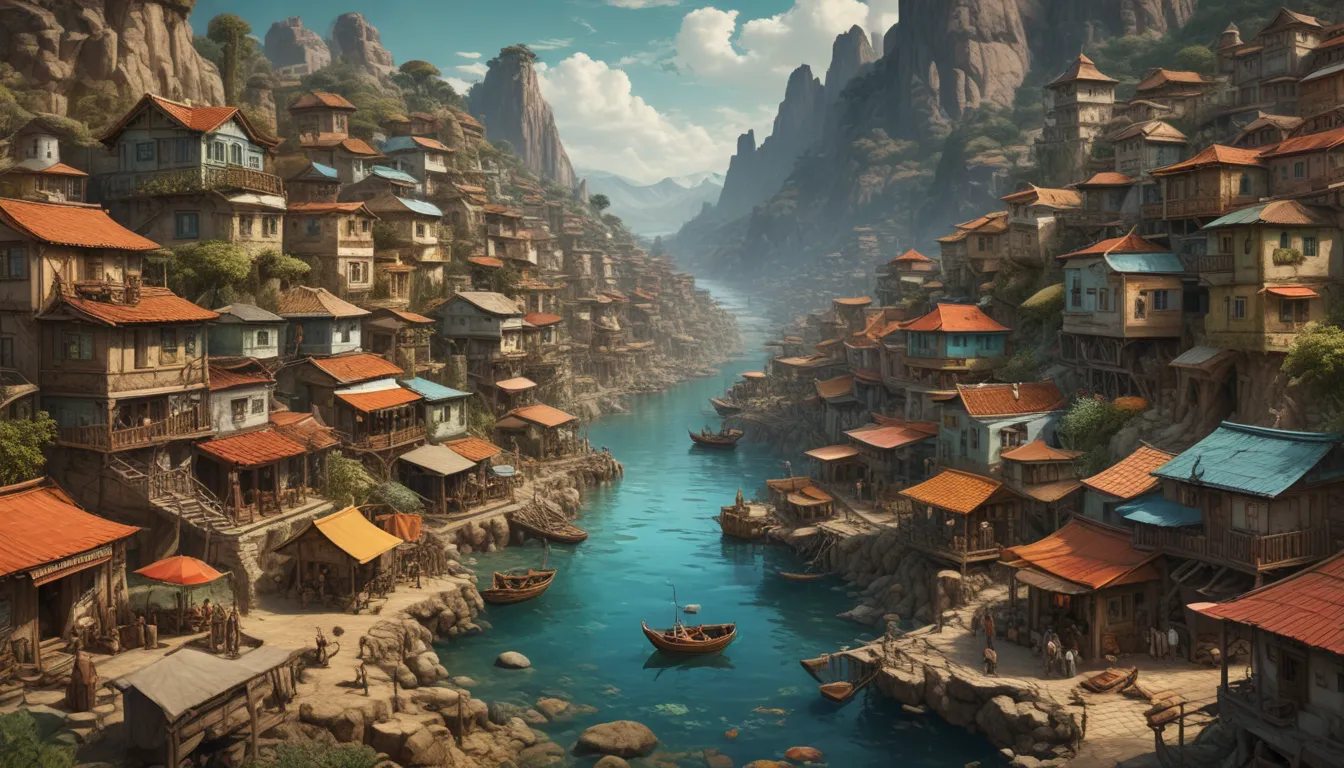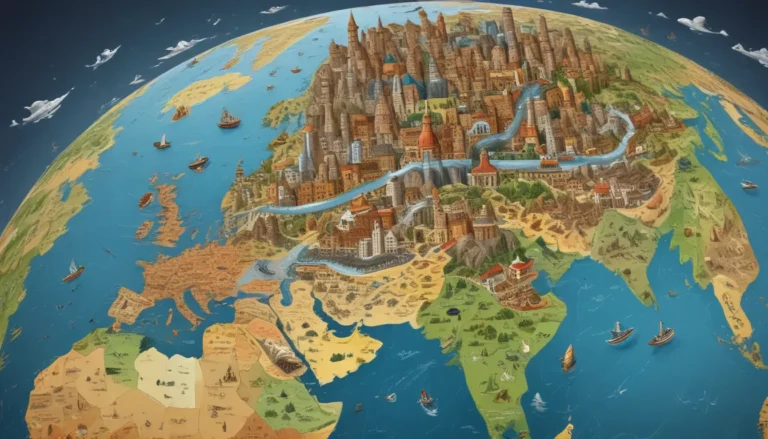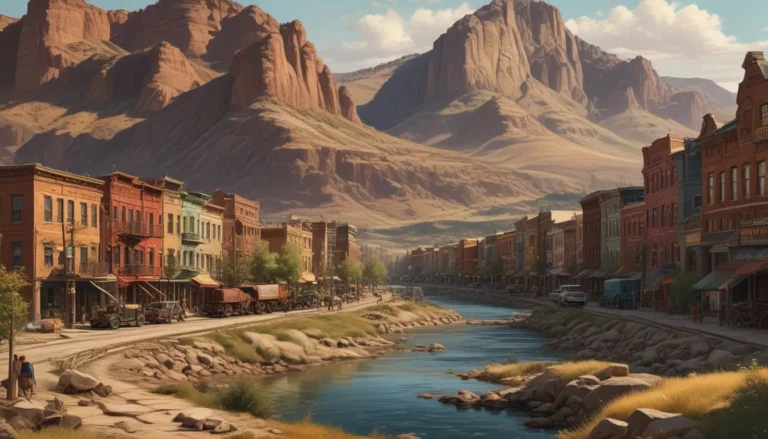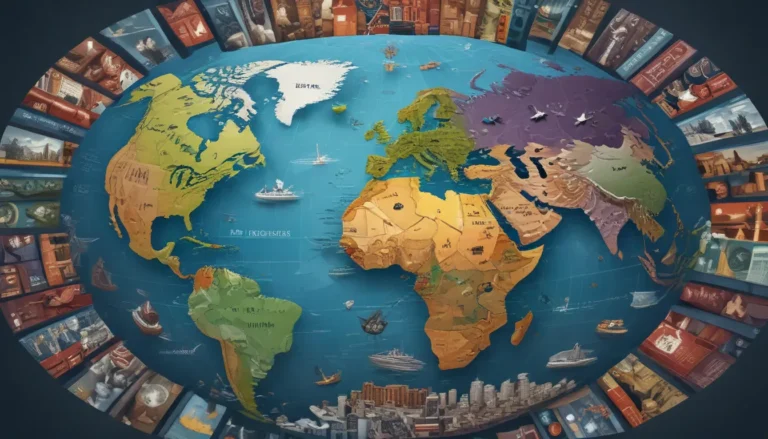A Note About Images: The images used in our articles are for illustration purposes only and may not exactly match the content. They are meant to engage readers, but the text should be relied upon for accurate information.
Human settlement patterns have long captivated our curiosity, showcasing the intricate ways in which we choose to inhabit our Earth. From the nomadic tribes of ancient times to the bustling metropolises of today, our settlements reflect our needs, beliefs, and interactions with the world around us. In this article, we will uncover 14 astonishing facts about human settlement patterns that shed light on the diversity and complexity of our existence on this planet. Join us on a journey through history, culture, and the environment as we explore the evolution of how humans organize themselves spatially.
Evolution of Human Settlement Patterns:
- Nomadic Tribes to Megacities: Human settlement patterns have transitioned from nomadic tribes wandering in search of resources to densely populated megacities with populations exceeding millions. This evolution showcases how geography, culture, and technology have shaped the way we live, adapt, and thrive throughout history.
- Hunter-Gatherer Communities: Early human settlements relied on natural resources for survival, leading to nomadic lifestyles where communities moved in search of food and water.
- Agricultural Revolution: The introduction of agriculture marked a significant shift towards more permanent settlements as humans learnt to cultivate crops and domesticate animals, giving rise to villages and towns.
- Ancient City-States: Civilizations like Mesopotamia, Egypt, and Greece established city-states with a centralized authority, laying the foundation for urban centers governed by kings or elders.
Modern Trends in Human Settlement Patterns:
- Urbanization in the Industrial Revolution: The onset of the Industrial Revolution spurred rapid urbanization, drawing people from rural areas to burgeoning cities in pursuit of employment opportunities.
- Megacities: In recent times, megacities have emerged as densely packed urban areas grappling with unique challenges in infrastructure and resource management, exemplified by cities like Tokyo, Delhi, and New York City.
- Suburban Sprawl: Improved transportation networks and automobile usage have popularized suburban living, offering residents a respite from urban chaos while retaining access to city amenities.
- Planned Communities: Designed with specific purposes in mind, planned communities such as Brasília in Brazil and Chandigarh in India address urban issues and serve as administrative hubs.
- Gated Communities: Rising in popularity, gated communities provide residents with security and exclusivity, enclosed by walls or fences and boasting additional amenities for community living.
Diverse Settlement Patterns Across the Globe:
- Floating Villages: Adapted to water bodies, floating villages like those on Tonle Sap Lake in Cambodia are built on rafts or stilts that accommodate fluctuating water levels.
- Rural Clusters: Rural settlements often form clusters creating close-knit communities that foster shared resources and a sense of belonging.
- High-Rise Living: Population density in urban areas necessitates high-rise buildings like those in Hong Kong and New York City, showcasing innovative solutions to space constraints.
- Underground Cities: Some settlements are entirely or partially underground, offering protection from extreme weather conditions, as seen in Derinkuyu in Turkey and Coober Pedy in Australia.
- Ecovillages: A response to environmental concerns, ecovillages promote sustainable living through renewable energy and communal resource management.
The Significance of Understanding Human Settlement Patterns
Human settlement patterns offer invaluable insights into the historical development and adaptation of societies to their environments. For urban planners, geographers, and historians, understanding these patterns provides a roadmap to addressing urban challenges including overcrowding, infrastructure development, and resource management. By delving into the intricate tapestry of human settlement patterns, we can envision a future of sustainable, livable cities that harmoniously coexist with their surroundings.
Conclusion:
From ancient civilizations to modern urban landscapes, human settlement patterns narrate a story of resilience, diversity, and continual evolution. The integration of physical geography, cultural practices, and technological advancements continues to shape our way of life, illuminating the vibrant tapestry of human existence on Earth. As we unravel the astonishing facts about human settlement patterns, we gain a deeper appreciation for the intricate dance between humanity and the environment, paving the way for a brighter, more harmonious future for generations to come.






